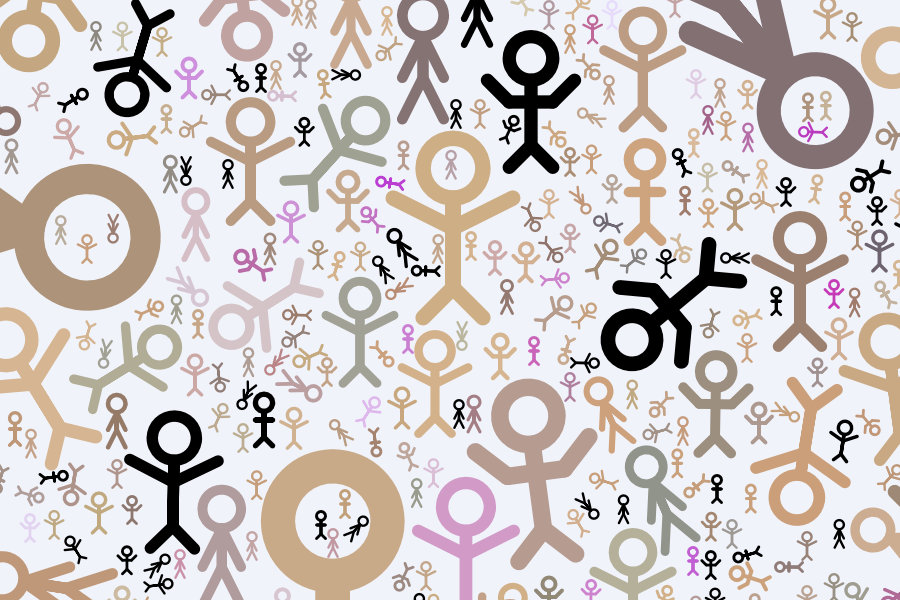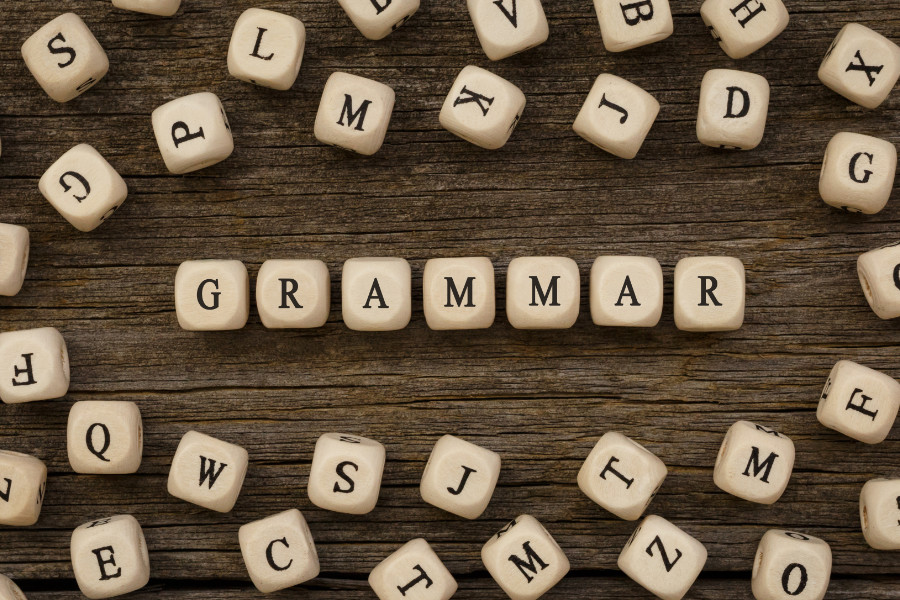
In academic writing, accurate referencing is crucial to acknowledge the sources of information and ideas that you used in your research. Internationally, there are several commonly used referencing styles, each with their own rules regarding citation order, in-text citations, bibliography entries and more.
Which one you use will depend on numerous factors, such as your field of research, the preferred style of your academic institution or the publication you’re writing for. Make sure you know which style to follow and how to find your way in the potential labyrinth of routes before you start writing.
Overview of the most commonly used referencing styles
Below is a broad summary of some of the most commonly used styles. To show how these differ, we have included practical examples of references to journal articles for each. The format of the references for each style will vary depending on the type of source (e.g. book, whitepaper, web page) so it’s vital to consult the full guide for the relevant style in order to reference accurately. Please note detail such as title/sentence case, spaces and punctuation.
| Relevant disciplines[S1] | In-text citations (journal articles, with and without page numbers) | Full reference example (journal articles) |
| American Psychological Association (APA | ||
| Social sciences, education, business | (Smith, 2019) (Smith, 2019, p. 150) | Author(s). (Year). Title of the article. Title of the periodical, volume number(issue number), page range. DOI or URL Example: Smith, J. (2019). The impact of climate change on biodiversity. Environmental Science, 12(3), 145-158. https://doi.org/10.1234/environmental-science/2019/123456 |
| Modern Language Association (MLA) | ||
| Humanities, literature, arts | (Smith) (Smith 45) | Author(s). “Title of the Article.” Title of the Periodical, vol. volume number, no. issue number, publication date, page range. Example: Smith, John. “The Impact of Modern Technology.” Technology Review, vol. 25, no. 3, 2019, pp. 45-58. |
| Chicago Manual of Style (CMS) | ||
| Variety of disciplines, including history, social sciences, some humanities | (Smith 2019) (Smith 2019, 47) | Author(s). “Title of the Article.” Title of the Periodical volume number, no. issue number (Year): page range. Example: Smith, John. “Innovations in Robotics.” Robotics Today 7, no. 2 (2019): 23-32. |
| Harvard | ||
| Variety of disciplines | (Smith 2019) (Smith 2019, p. 150) | Author(s) (Year) ‘Title of the Article’, Title of the Periodical, volume number(issue number), page range. Example: Smith, J. (2019) ‘Advancements in Renewable Energy’, Energy Journal, 12(1), 65-78. |
| American Medical Association (AMA) | ||
| Medical and health sciences | (Smith 2019) (1) | Author(s). Title of the article. Title of the Journal. Year;vol(issue):page range. DOI Example: Smith J. The Role of Genetics in Disease. Journal of Genetics. 2019;21(5):123-135. doi:10.1234/jgen.2019.67890 |
| Institute of Electrical and Electronics Engineers (IEEE) Style | ||
| Engineering, computer science and related fields | [1] [2, p. 46] | Author(s), “Title of the article,” Title of the Journal, vol. volume number, no. issue number, pp. page range, year. Example: Smith, J., “Wireless Communication Advances,” IEEE Transactions on Communications, vol. 67, no. 3, pp. 456-468, 2019. |
| Modern Humanities Research Association (MHRA) | ||
| Humanities, particularly in the UK | (Smith 2019) (Smith 2019, 47) | Author(s), ‘Title of the Article’, Title of the Periodical, volume number(issue number) (Year), page range. Example: Smith, John, ‘Artificial Intelligence in Modern Art’, Art Journal, 14(2) (2019), 89-102. |
| Council of Science Editors (CSE) | ||
| Natural and physical sciences | (Smith 2019) (Smith 2019, p. 150) | Author(s). Year. Title of the article. Title of the Journal. volume(issue):page range. Example: Smith J. 2019. The Impact of Microplastics on Marine Life. Marine Biology. 161(4):821-829. |
Guidelines for accurate referencing
- Be consistent: Make sure you stick to the same style throughout.
- Stay up to date: Check that you are using the most recent and updated editions of the relevant style guide. The online versions of these guides are more likely to be up to date than printed versions. Library staff should also be able to assist you with access to these manuals.
- Consult a professional: Academic editors are usually familiar with the different styles and have access to the rules. At Refine, we can include a reference check according to the relevant style guide as if you request this as part of the editing and proofreading process. Contact us to find out more.









